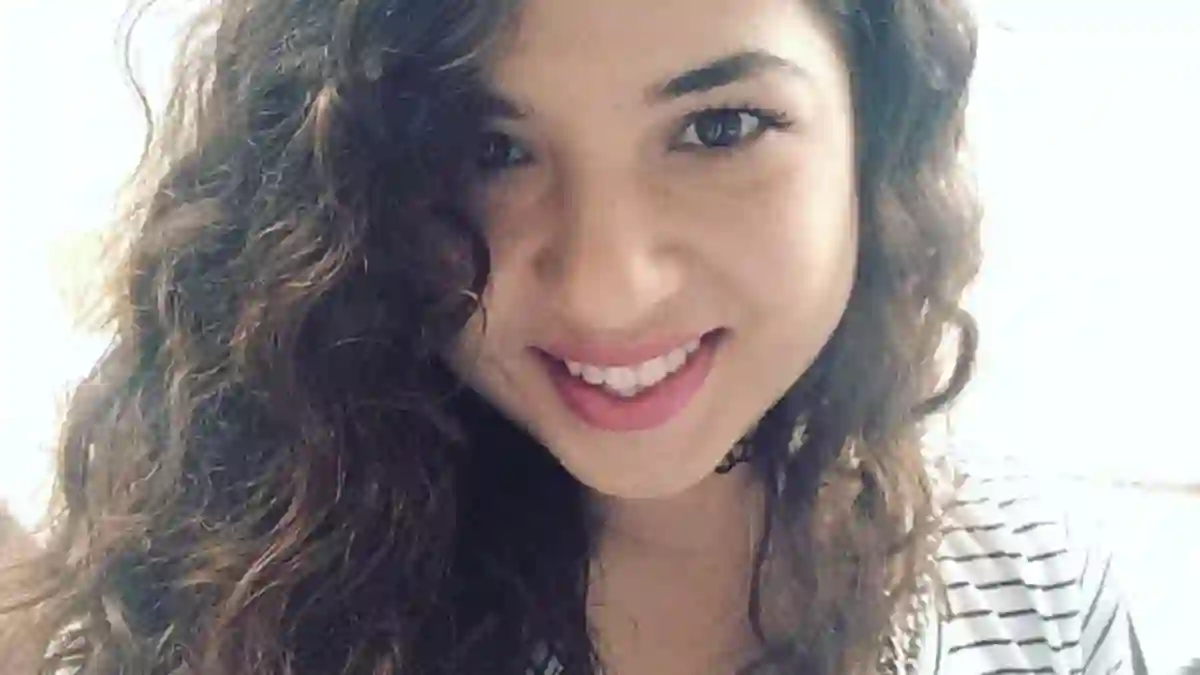What was supposed to be a peaceful night of stargazing turned into a devastating tragedy back in 2019 — and now, years later, a Miami jury has handed down a $243 million verdict against Tesla.
The crash killed 22-year-old Naibel Benavides Leon and seriously injured her boyfriend, Dillon Angulo.
At the heart of this heartbreaking case? Tesla’s self-driving technology — and whether it failed at a crucial moment.
Jury Says Tesla Shares the Blame
While it was driver George McGee behind the wheel of the Tesla Model S, the jury concluded that Tesla itself bore significant responsibility for the crash.
McGee had looked down at his phone while driving near Key Largo, Florida.
Moments later, the car veered off the road and struck the parked SUV where Leon and Angulo had stopped to enjoy the stars.
Even though McGee admitted he was distracted, the jury felt that Tesla’s self-driving system failed in a way that made the company partly liable.
The court awarded $200 million in punitive damages, plus $43 million of a $129 million compensatory damages pool — totaling a staggering $243 million from Tesla.
Camera Footage and Critical Failures
Shocking footage from the car’s front camera revealed McGee speeding down the road at nearly 70 mph.
He ran a red light, ignored a stop sign, and plowed through road signs before hitting the couple’s Chevrolet Tahoe, which was parked 40 feet off the main road.
Benavides Leon was thrown 75 feet and died on the scene.
Angulo was left with broken bones and a traumatic brain injury.
Their families filed a wrongful death lawsuit, arguing that Tesla’s system failed to prevent the crash — and that it should’ve recognized the imminent danger.
A Case That Defied the Norm
Unlike most lawsuits against Tesla that are quietly dismissed or settled out of court, this one actually made it to trial — a rare outcome.
Legal experts say this could mark a turning point.
“This will open the floodgates,” said car crash attorney Miguel Custodio, who wasn’t involved in the case.
“It’s going to encourage others to come forward.”
Missing Data Sparks Outrage
Part of what made this case so explosive was the claim that Tesla had either hidden or lost critical evidence — namely, the data and video footage from just seconds before the crash.
After initially denying the footage existed, Tesla admitted it had made a mistake once confronted with the proof, which was uncovered by a forensic expert hired by the victims’ lawyers.
“We finally learned what happened that night,” said Leon’s sister, Neima. “Justice was achieved.”
Tesla Pushes Back Against the Verdict
In a statement following the ruling, Tesla slammed the verdict, calling it “wrong” and harmful to the future of automotive safety.
The company insisted it had been transparent and that the driver alone was at fault.
They argue that McGee accepted responsibility from day one and that pinning blame on Tesla only distracts from improving road safety.
“This only works to set back lifesaving technology,” Tesla’s statement read.
Will Tesla Really Pay That Much?
Although the jury’s decision totals $243 million, Tesla says it won’t end up paying that full amount.
Thanks to a pre-trial agreement capping punitive damages at three times the compensatory ones, the company claims its payout will be closer to $172 million.
But the plaintiff’s side disputes this, arguing that the cap should apply to all compensatory damages — not just Tesla’s portion — which would mean the original $243 million stands.
That debate is likely headed for more legal wrangling.
A Blow to Tesla’s Safety Image
Whether or not Tesla ultimately pays the full amount, the verdict could hurt its reputation — especially as Elon Musk pushes forward with plans for driverless taxi services in major cities.
Lead plaintiff lawyer Brett Schreiber criticized Tesla’s use of the word “Autopilot,” saying it misleads drivers into thinking the car is more autonomous than it actually is.
“Words matter,” he said in closing arguments.
“If someone is playing fast and loose with words, they’re playing fast and loose with facts.”
A System Not Designed for That Road
Schreiber pointed out that Tesla allows Autopilot to be used on roads like the one McGee was driving on — even though it wasn’t designed for them.
That, he argued, gave drivers a false sense of safety.
McGee himself admitted during the trial, “I trusted the technology too much.
I believed that if the car saw something, it would warn me or apply the brakes.” But that didn’t happen.
Tesla’s Defense: It Was the Driver’s Fault
Tesla’s lawyer, Joel Smith, argued that the company clearly warns drivers to stay alert and keep their hands on the wheel.
McGee, he said, didn’t follow that guidance. He added that McGee had driven the same route 30 to 40 times before without incident — the difference this time? He dropped his phone.
That, Smith said, was the true cause of the crash.
What This Means for the Auto Industry
This case isn’t just about one tragic night — it’s about the future of autonomous vehicles.
The jury’s decision sends a clear message: tech companies can’t wash their hands of liability when things go wrong, even if the driver shares the blame.
As carmakers push forward with increasingly self-driving systems, they’ll be watching this case closely — because the legal road ahead just got a lot bumpier.
